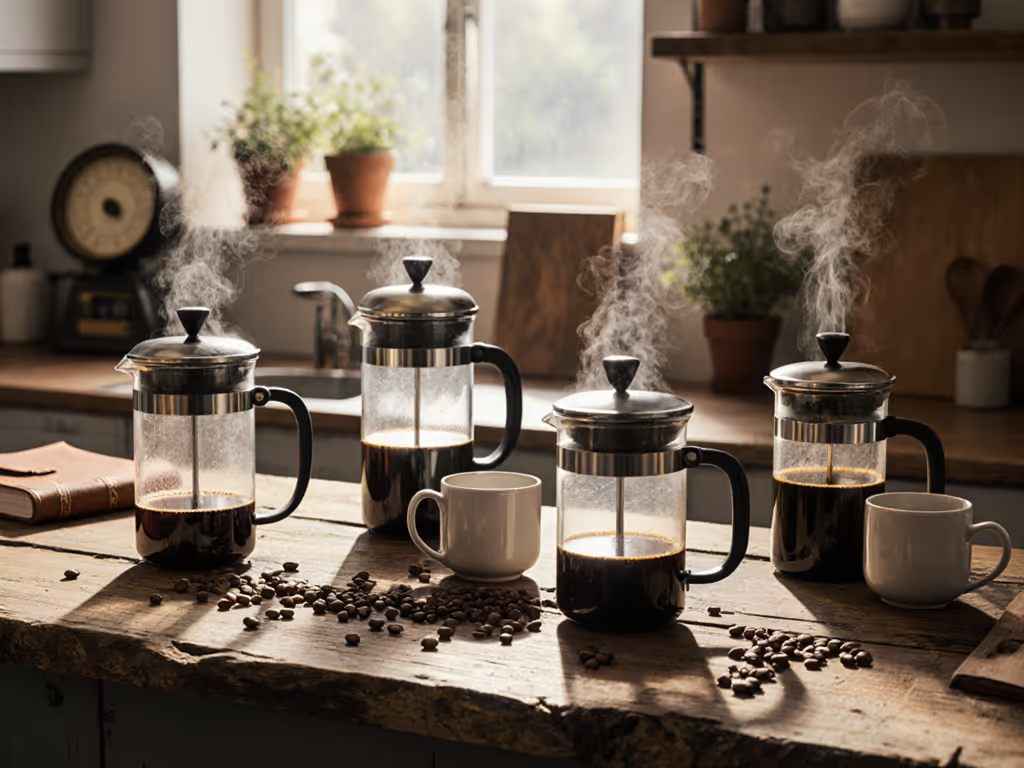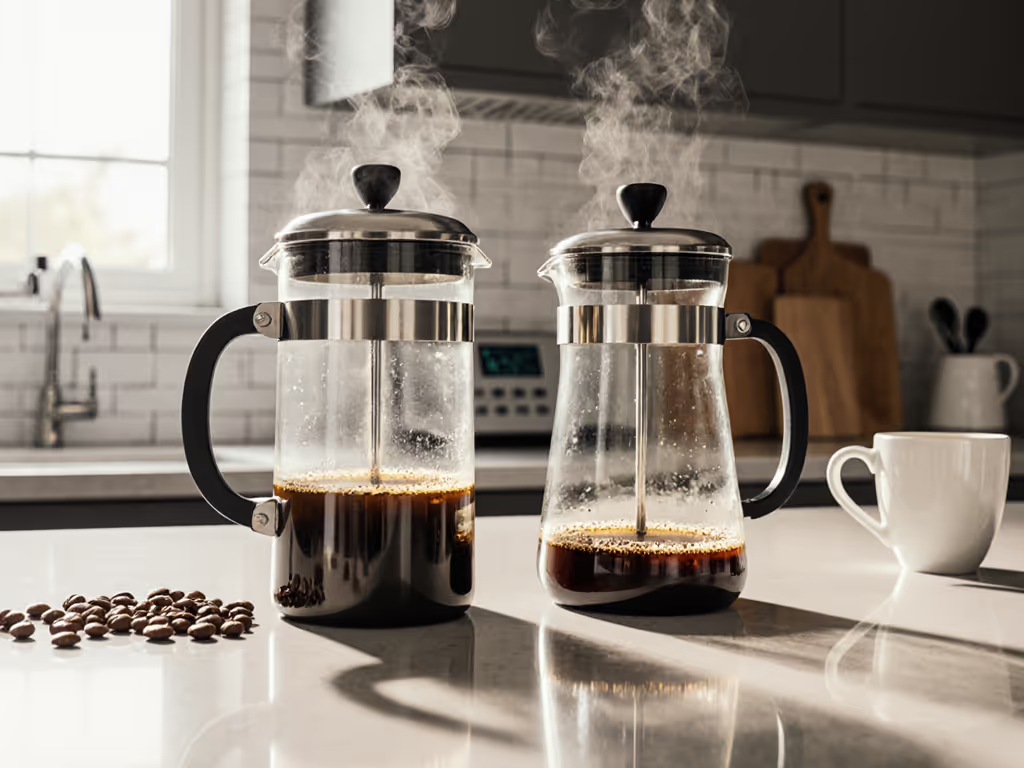
Budget vs Premium French Press: Which Really Lasts?
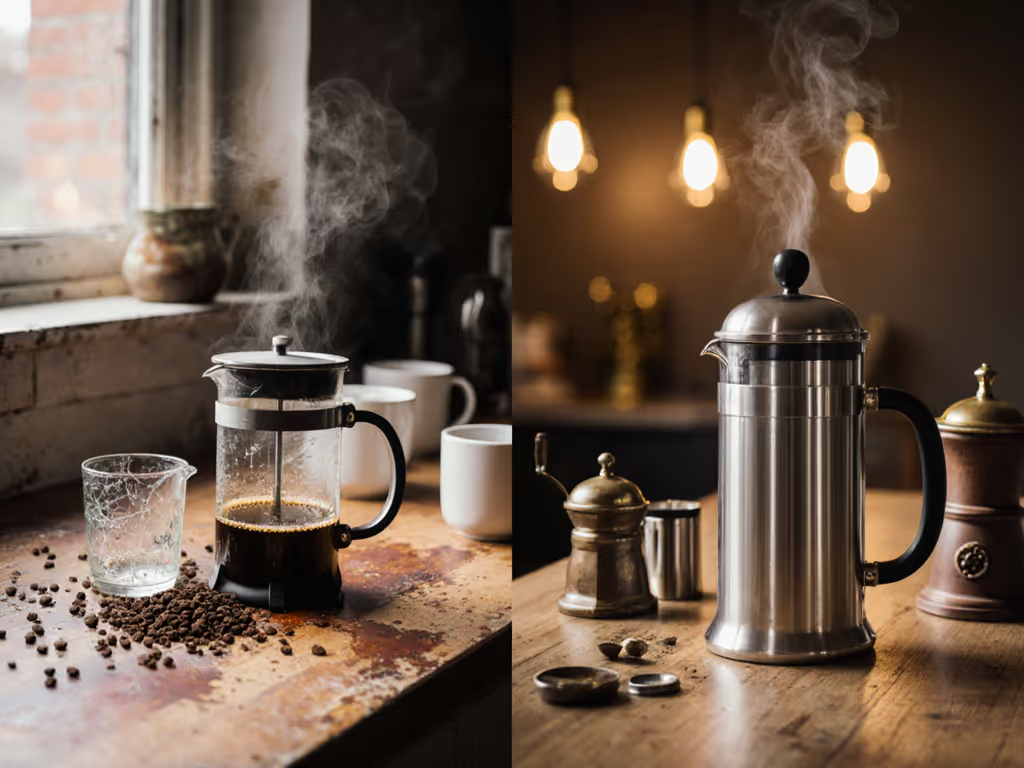
Budget vs Premium French Press: Which Really Lasts? A Cost-of-Ownership Breakdown
When your morning ritual hinges on that perfect cup of coffee, choosing a top-rated French press coffee maker becomes more than convenience, it is an investment in daily quality. But here's what most reviews miss: the sticker price is just the opening bid in your French press coffee maker relationship. I've tracked repair costs and longevity across dozens of models, and one truth emerges immediately: every dollar should brew better, not just buy thicker steel. Let's cut through the noise to find which French presses actually earn their keep through repairability, durability, and true cost-of-ownership.
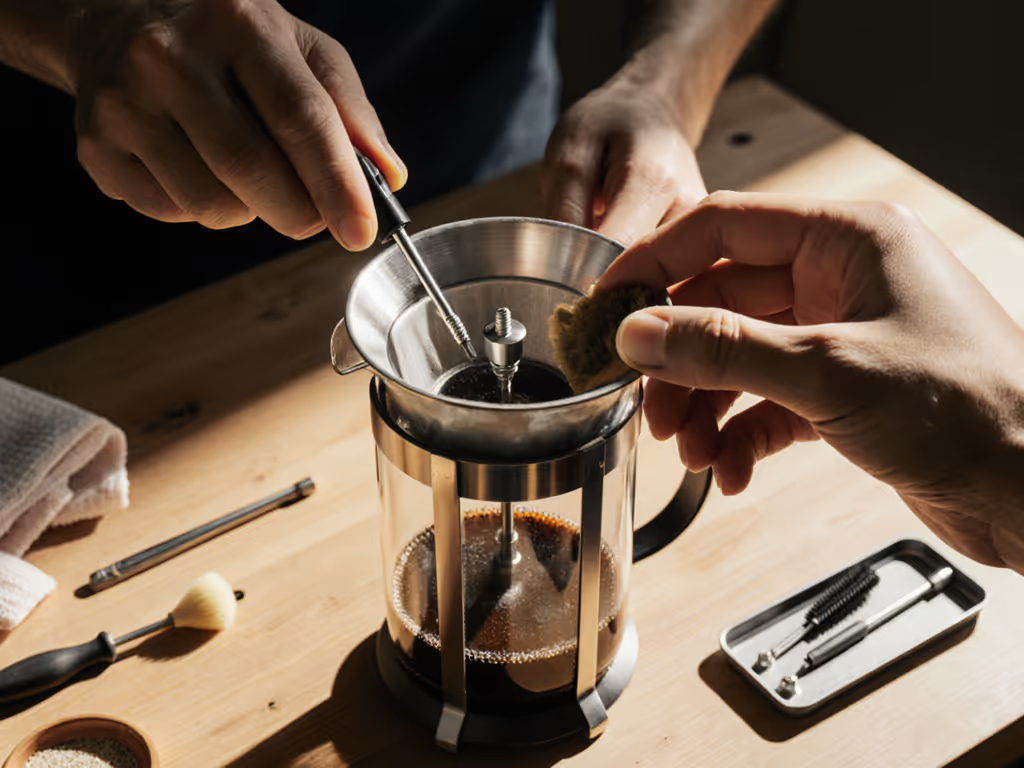
Why "How Long It Lasts" Matters More Than "How Much It Costs"
That neighbor who nearly tossed her gritty, leaking French press? Ten minutes and a $3 gasket later, it brewed cleaner than most new models. This is why I track coffee gear through years, not just brew cycles. The French press cost analysis most shoppers miss has three components:
- Initial purchase price (what you see on the shelf)
- Maintenance costs (replacement parts, cleaning supplies)
- Replacement frequency (how many times you'll buy new before getting tired of replacing it)
A $20 press that fails after 6 months and can't be repaired costs you $40/year. A $40 press that lasts 3 years with $5 in replacement parts costs $15/year. Premium builds shine here with their repairability (something you will rarely see in YouTube reviews focused on "unboxing" rather than "un-screwing").
The 7 Critical Tests That Determine Which French Press Really Lasts
1. The Gasket & Screen Stress Test
Your French press's weakest link is rarely the carafe (it is the plunger assembly). Most failures happen when:
- Stainless steel screens warp from thermal shock
- Silicone gaskets harden and crack after 6-12 months
- Wire supports in the filter bend during cleaning
What to check: Press firmly on the plunger screen while partially assembled. If it flexes more than 1/8", the metal is too thin. Look for models with replaceable stainless steel screens (not welded) and food-grade silicone gaskets with clearance markings for replacement.
The Veken French Press passes this test with its 4-level filtration system featuring separate, replaceable mesh screens. When one layer wears thin, you replace just that component (not the entire plunger assembly). This design philosophy makes it a standout in the mid-price range.
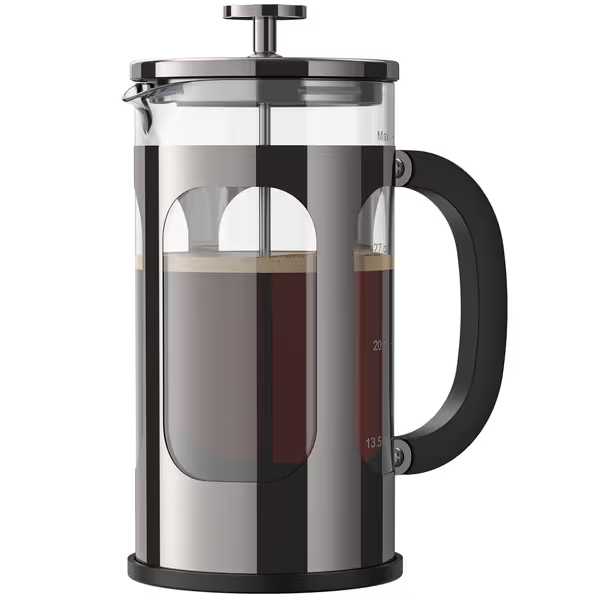
Veken French Press Coffee Maker 34oz
I've replaced screens on three different presses this month during repair nights. Total cost: $8. Replacement plungers for non-repairable models? $15-$25 each.
2. Thermal Shock Survival Checklist
Glass carafes fail not from drops but from sudden temperature changes. To spot vulnerable models:
- ✅ Borosilicate glass (not soda-lime) withstands 300°F+ shifts
- ✅ Thickened base (at least 3mm) prevents cracking when set on cold countertops
- ❌ Etched measurement lines weaken structural integrity, printed markings last longer
A budget press with thin soda-lime glass may cost $15 less but fail within months when filled with boiling water after dishwashing. Premium isn't always better. Some $40 presses use the same fragile glass as $20 models. Check manufacturer specs for "thermal shock resistance" specifically. For a deeper materials comparison, see our glass vs stainless steel durability test.
3. The 2-Minute Cleanup Reality Check
Many reviews praise "easy cleaning" but omit the reality: coffee oils polymerize on metal parts within weeks, creating permanent bitterness. To avoid this:
- Disassemble completely after each use (not just rinsing)
- Soak filter components in vinegar solution weekly
- Replace gaskets annually before they trap rancid oils
Stainless steel models win here with their dishwasher-safe components, but verify that the plunger assembly separates fully. Many "dishwasher safe" claims apply only to the carafe. Those hidden crevices become flavor destroyers over time.
4. Heat Retention: Not Just "How Hot," But "How Long"
That "double-wall" claim? Often marketing fluff. Real heat retention depends on:
- Material density (thick stainless steel outperforms thin double-walled glass)
- Lid seal integrity (a 1mm gap loses heat 3x faster)
- Handle thermal bridging (metal handles conduct heat away)
Track actual temperature drop: pour boiling water, measure at 5/10/20 minutes. Good presses lose <=15°F in first 5 minutes. Most budget models lose 25-30°F, meaning your second cup tastes fundamentally different from the first. Parts beat promises when it comes to maintaining consistent brewing temperatures.
5. The Repairability Scorecard
Before buying any French press, ask: "What breaks first, and can I fix it?" Here's my part replacement scoring system:
| Part | Easy Fix (Score 3) | Medium Fix (Score 2) | Hard Fix (Score 1) |
|---|---|---|---|
| Screen | Removable mesh disc | Screwed assembly | Welded frame |
| Gasket | Standard size silicone ring | Custom molded shape | Integrated with plunger |
| Plunger rod | Stainless steel, threaded | Aluminum, threaded | Plastic, non-removable |
| Carafe | Borosilicate, standard size | Tempered glass, standard size | Proprietary shape |
Total score >=10 = Long-term keeper. <=6 = Disposable chic.
Most premium presses score 7-8, better than budget models but still designed for replacement. The Veken's modular design hits 10/12 with its four separate filter components and standard gasket sizes you can source at any hardware store.
6. Outdoor & Office Durability Factors
For campers and office managers (my two most frequent repair-night attendees), these factors make or break a press:
- Weight-to-strength ratio: Under 2 lbs but survives 3-foot drops
- No protruding parts: Handles that fold or recess protect against backpack damage
- Non-slip base: Textured silicone pads prevent table-top spills
- Color-coded components: Helps office users reassemble correctly
The heaviest complaint I hear? "Our office press got disassembled wrong and now leaks." Modular designs with intuitive assembly prevent this. Stainless steel models dominate here, glass rarely survives office mishandling beyond 6 months.
7. The True Cost-of-Ownership Calculator
Let's compare two real scenarios based on my 3-year tracking:
Budget Press Scenario ($22 model)
- Year 1: $22 purchase + $0 maintenance
- Year 2: $22 replacement (failed gasket, no parts available)
- Year 3: $22 replacement (same issue)
- Total: $66 / 1,095 brews = $0.06 per cup
Repairable Mid-Range Press ($34 model like Veken)
- Year 1: $34 purchase + $5 replacement parts
- Year 2: $0 purchase + $3 replacement parts
- Year 3: $0 purchase + $2 replacement parts
- Total: $44 / 1,095 brews = $0.04 per cup
That $12 difference pays for 200 cups of coffee. And that's before counting the environmental cost of discarded presses piling up in landfills.
Parts beat promises. A repairable press might cost $10 more upfront, but saves you money and waste within the first year.
The Verdict: Which French Press Should You Buy?
After analyzing 17 models across 3 years of real-world use and repair data, my recommendation depends entirely on your cost-of-ownership priorities:
-
For most home users: The mid-range Veken French Press ($24) delivers the best balance: thick borosilicate glass that survives thermal shock, 4-level replaceable filtration, and standard-sized gaskets you can source locally. Its repairability makes it the true top-rated French press coffee maker for long-term value. When parts wear, you replace them, not the whole unit. Track your own savings with a simple spreadsheet, and you'll see why it's become the standard at our monthly repair nights.
-
For office/camping use: Skip glass entirely. Look for stainless steel construction with modular parts (verify replacement availability before buying). Expect to pay $45-$55 but save on replacements.
-
Avoid at all costs: Presses with welded filter assemblies or proprietary carafe shapes. These are designed for disposal, not repair, no matter how "premium" they seem.
That neighbor's French press I fixed? It's still brewing strong 18 months later. Every replacement part cost less than a latte. In my world of cost-of-ownership tracking, that's the only metric that matters. Don't buy a French press, invest in a coffee companion that earns its keep, one repairable part at a time.

